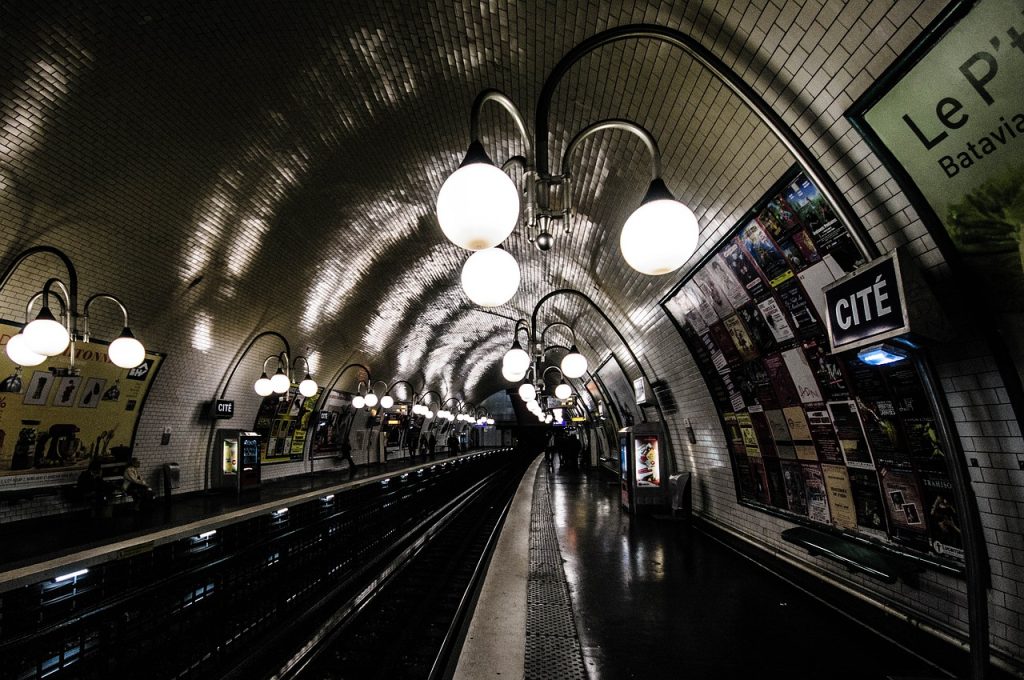The idea of designing what would become the famous Parisian metro dates back to 1855 when the engineers Brame and Flachat set out to dig the Parisian underground to allow for a more fluid traffic flow and a more modern transportation network.
Unfortunately, the State found their project too costly and they quickly lost their status as instigators of an architectural and technical work that was nevertheless recognized as being of public utility. A preliminary project for an electrically driven urban railway network, decided and signed by the director of works of the city of Paris and Fulgence Bienvenüe, chief engineer in charge of water supplies for the city of Paris, was submitted in 1895. It included an Etoile-Nation-Etoile circular line, a north-south transverse line, Porte de Clignancourt-Porte d’Orléans, and an east-west transverse line, Porte Maillot-Avenue Gambetta.
The project was adopted in 1896, and three more lines were added. In March 1898, a law was passed declaring the establishment in Paris of a metropolitan railroad of local interest with electric traction, 65 kilometers long, with a gauge of 2.40 m, with normal track. This width was less than that of the material of the major companies, preventing any intrusion of national interests and trains. It was not until 1900, during the inauguration of the Universal Exhibition, that the first metro line was opened, linking Vincennes to the Porte de Maillot. To continue the underground network, construction sites were opened all over Paris until the beginning of the 1914 war. Line 4 was the first metro line to cross the Seine. In 1905, Bienvenüe’s engineers built hermetic caissons that were positioned on the river and then gradually sunk into its bed. The Saint-Michel and Cité stations were built on the same model using metal structures sunk into the ground. In order to progress through the overly humid terrain of the Seine banks from the Saint-Michel station, a freezing method will also be used to facilitate the task of the tunnel boring machines.
A first route, which was supposed to cross the Seine between the Louvre and the Institute, was abandoned due to the fierce opposition of the Academy to having the metro pass under the feet of its illustrious members. During this period of the metro’s development, detractors and supporters were constantly arguing over the route, the location of the stations, the advantages and disadvantages. During the 1930s, the network continued to develop. Lines 8 and 9 underwent joint work at the level of the Grand Boulevards. This very important work was the object of much criticism from Parisians who had been suffering the nuisance for more than 30 years. But the work continued and extended to the near suburbs. Parisians adopted it to cross the capital, and the metro poured millions of passengers on both sides of the city, hour after hour, day after day. Fulgence Bienvenue died at the age of 84 in August 1936. He is buried in Père-Lachaise.
Parisian journalists, preoccupied by the funeral of Louis Blériot, which had taken place the day before, devoted only a few lines to the death of this great engineer who had helped transform the Parisian urban landscape. Yet he categorically revolutionized the daily life of Parisians and built a set of tracks, stations and lines, which made Paris a modern city, offering everyone fast and privileged means of travel.
